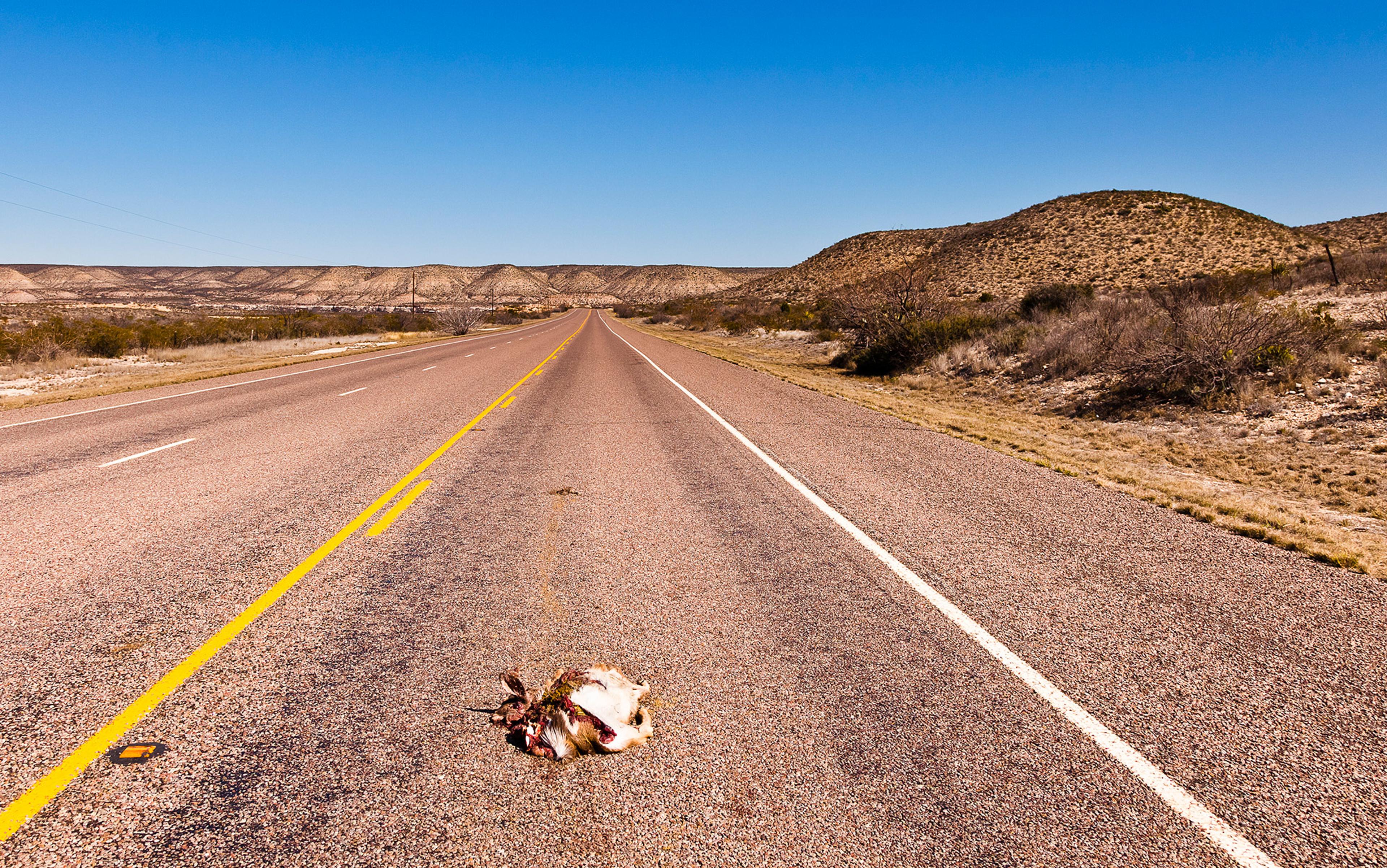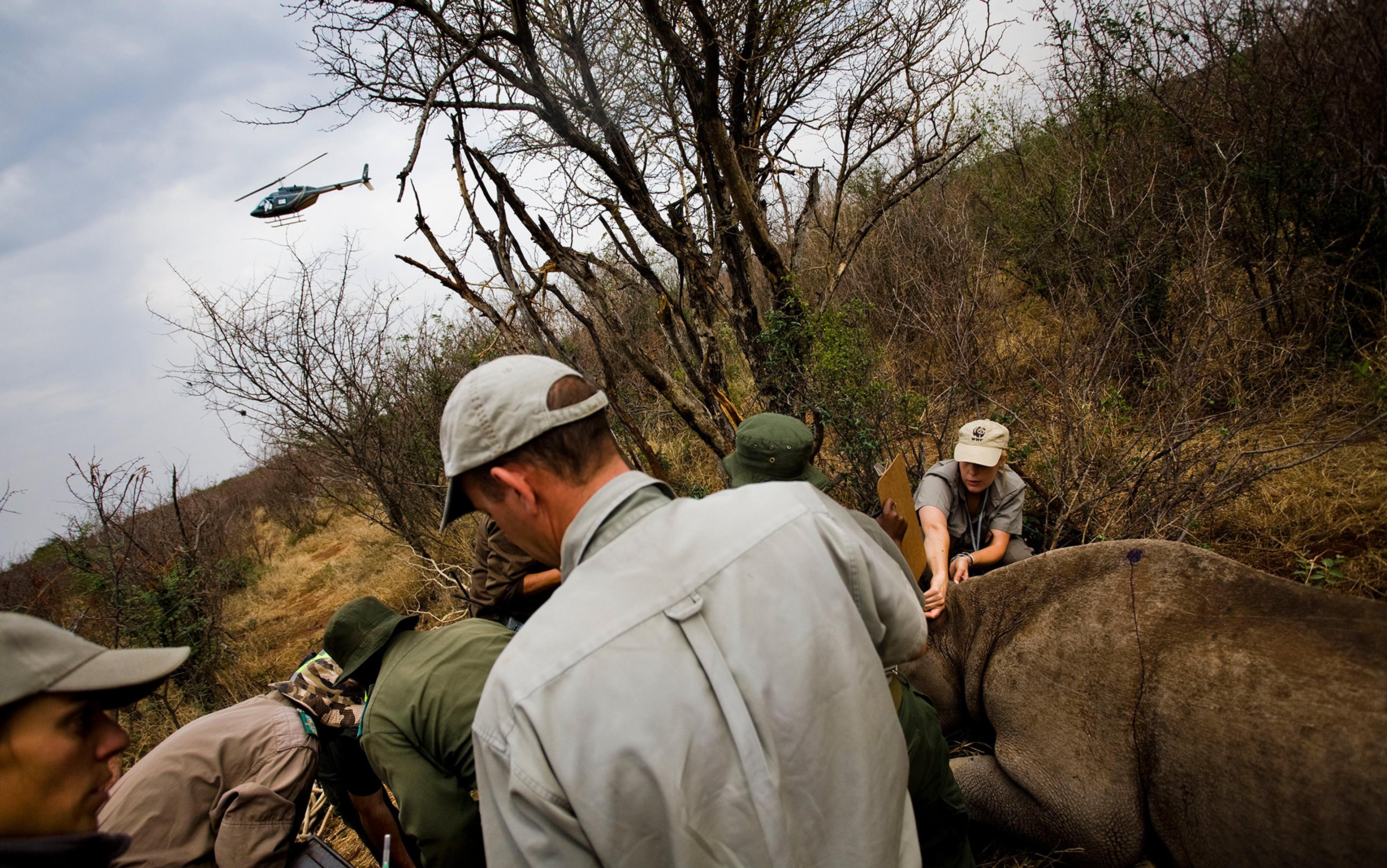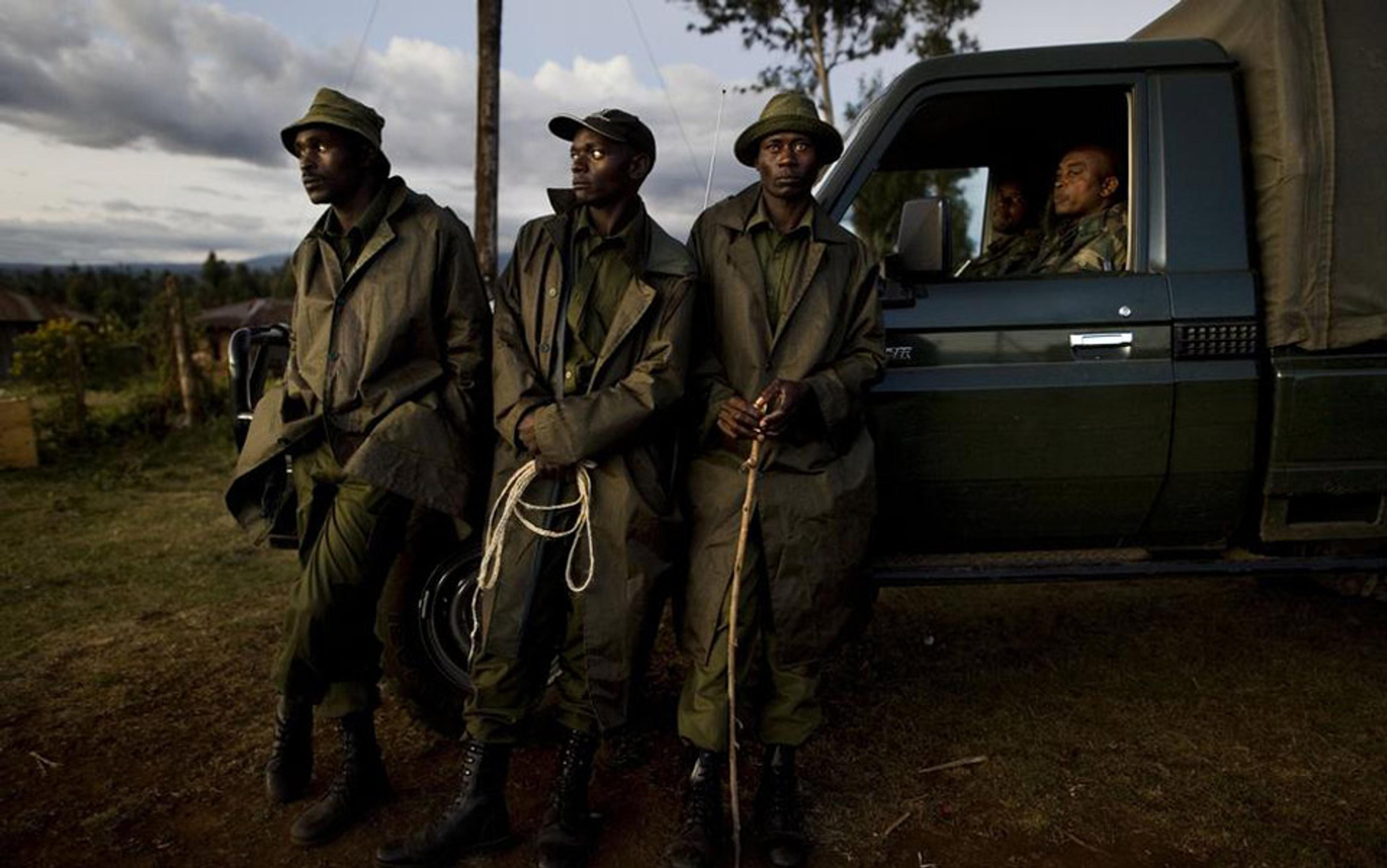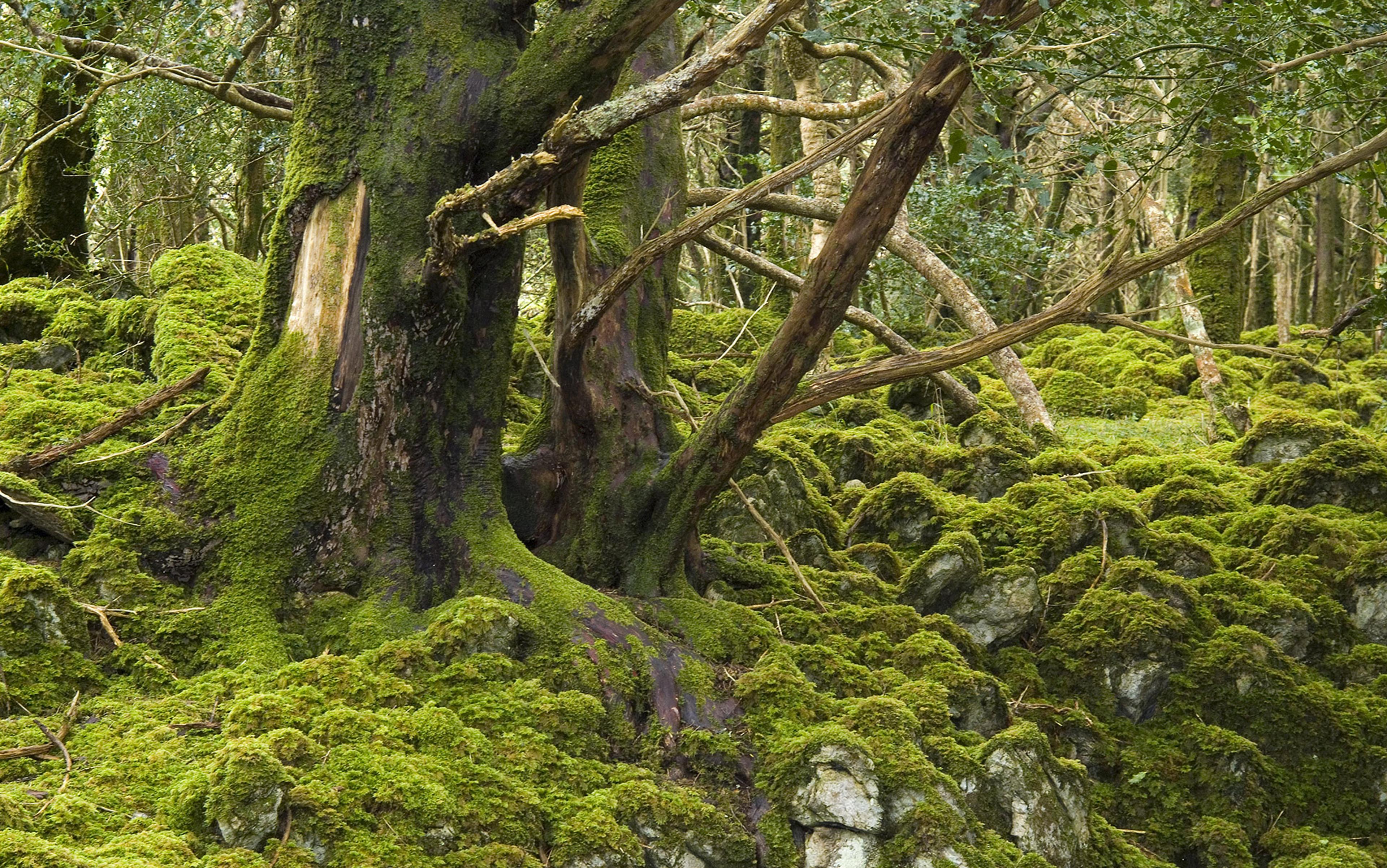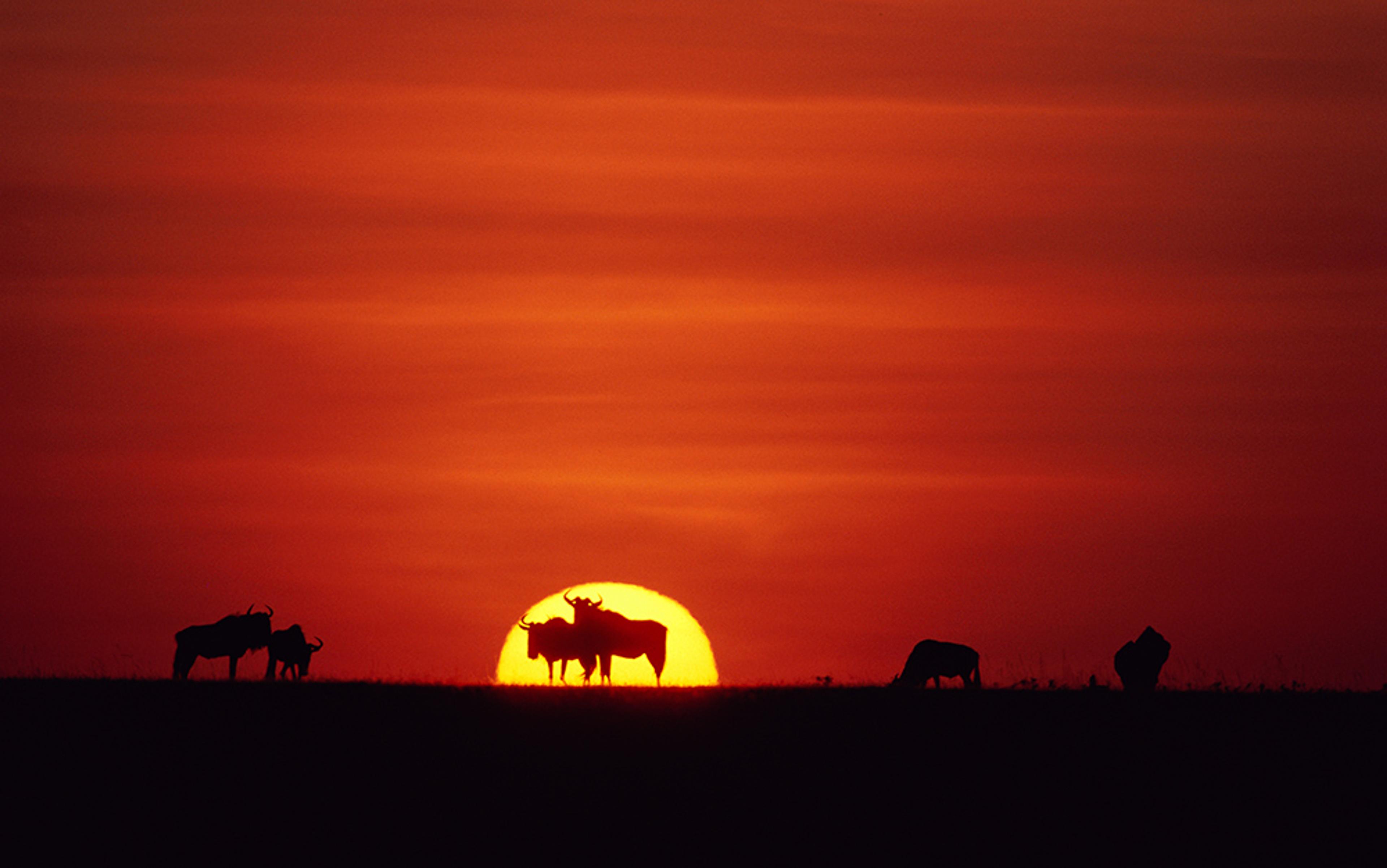It is almost certain that you recently interacted closely with an invisible giant, as the Harvard landscape ecologist Richard T T Forman has described it. Others have called roads ‘the single most destructive element in the process of habitat fragmentation’, declaring that ‘Few forces have been more influential in modifying the Earth than transportation.’ Yet you probably didn’t even notice. An expansive feature that snaps the globe but is effectively invisible: the vast network of transportation infrastructure – all the railways, canals but also, most significantly, roads. Roads are everywhere, forming an almost inconceivably complex system, an endless, ever-expanding, interconnected grid that facilitates the movement and exchange of people and goods over vast areas. This colossal structure is probably the greatest ever cultural artefact, a requirement and precondition for human development. For us, roads are essential connectors, linking places and purpose. But almost everywhere these networks have been imposed with scant regard for the landscape in which they occur.
Despite its extraordinary scale, this vast, inescapable, indispensable network is largely ignored. As we hurtle between the places where we live, shop, learn and play, the road on which we travel is unlikely to cross our minds. (The traffic we encounter is, of course, another matter.) We are even less likely to conceive of the road on which we are travelling as a component of the huge, sprawling web made up of all the roads spreading out over regions and the entire continent.
If we conceive of a road at all, it is most likely as a trip taking the shortest distance from A to B as displayed by a map app on a smartphone. Much harder to envision is the network of interconnected roads, a literal web, sometimes densely meshed in places where many people live, sometimes in diffuse bands that skirt around areas of difficult terrain where human presence is low. It is not only the most efficient connection for people we should consider, of course, but also the resulting subdivision of the landscape into pieces – fragments – of land bounded on all sides by roads. These pieces may be city blocks, farms or national parks but they are all, to some extent, circumscribed by the surrounding roads and the traffic these carry. Unsurprisingly, there are strong and obvious relationships between the density of humans and the density of roads. This is most evident in small countries with large populations. The Netherlands, for instance, compact and crowded, has a road density of 1.55 km (0.96 miles) of road per square kilometre. However, even in a country as apparently spacious as the continental United States, there is almost nowhere more than a few miles from a paved road.
Why might this matter? Imagine any large animal, a deer or wolf perhaps, that needs to travel for any typical but compelling reason: finding food, seeking a mate, regular migration. Wherever it lives, wherever it moves, sooner or later it will come upon a road. What happens next will depend on a lot of different factors. It may travel this route regularly and be quite familiar with the abrupt change in the landscape. Or it may have never encountered a road before. It may even be attracted to the roadside to graze on the grass, sample the edible trash or scavenge the dead animals found alongside. On the other hand, the noise or lights of the traffic may be so disturbing that the animal retreats as far away as possible. The animal may cross if there are no vehicles, or inexplicably wander straight into the traffic. It may be sufficiently motivated to cross despite the risk or, having learned to judge what are safe intervals between moving vehicles, it may delay crossing until the quietest parts of the night. All of these responses are happening almost everywhere every day.
Crossing a road with traffic is often dangerous for wildlife, especially for slower, ground-dwellers. Collisions with vehicles almost always lead to the death or serious injury of the animal, and the numbers involved are almost unbelievable. For example, about a million individuals of all species are killed every day on the roads of the US. In North America overall, the cumulative scale of all this roadkill now surpasses hunting as the main cause of death in larger species. It is now regarded by researchers as an ‘evolutionary novel threat’. While some types of mammals such as deer (being much more conspicuous) dominate the statistics, the numbers of smaller, less obvious groups such as birds and amphibians are enormous.
Of course, not every road is dangerous. Some have very little traffic or virtually none at night. Certain species have learned to avoid vehicles and cross when it is safe. And even shockingly large roadkill tolls do not mean that a species or local population is imperilled. Having a lot of visible roadkill may simply indicate that the species is plentiful in the area. Certainly, the enormous number of white-tailed deer in North America or roe deer in Europe killed through collisions with vehicles has had a negligible impact on their abundance. There is, however, powerful evidence that collisions with vehicles can drive species to the point of extinction. Infamously, during the 1980s, around 10 per cent of the entire Florida panther population of was killed annually. In Tasmania, a simple road upgrade led to the elimination of a rare marsupial carnivore.
While the sight of dead animals along the roadside is troubling, other influences may be far more important. For many species, it is not the traffic that is the problem: it is the road and the associated space that matters. In extreme cases, some animals – small forest-dwelling birds or rodents, for example – simply will not cross even a small road, whether cars are present or not. For these species, the gap may be a complete barrier to their movement. This so-called ‘barrier effect’ is one the most significant discoveries made recently by scientists studying roads.
These insights have added a new and alarming dimension to our understanding of the way habitat destruction impacts biodiversity. The cumulative effect is that, piece by piece, what was once a continuous natural landscape has been relentlessly subdivided and separated into increasingly smaller patches. At its most pronounced, the resulting landscape becomes a series of discrete islands, each isolated from one another by the surrounding ‘sea’ of entirely different, often hostile, environments.
The challenges are daunting and impossibly complex, but the fledgling hybrid fields of road and landscape ecology offer realistic hope: ‘Perhaps just in time,’ Forman wrote in Road Ecology (2002), ‘a solution appears to lie before us. Its underlying foundations include knowledge in transportation, hydrology, wildlife biology, plant ecology, population ecology, soil science, water chemistry, aquatic biology, and fisheries.’ Fitting these fields together should lead to a science bulging with useful applications.
These words, written 20 years ago, have proven remarkably prescient. Sure, roads continue to dissect and isolate, bringing degradation into some of the remotest places on the planet. But in places as diverse as Borneo and Brazil, India and Idaho, unexpected allies are coming together to find ways to rejoin long-severed fragments and provide safe ways for all manner of creatures to cross.
It is early morning, and a ghostly mist is rising above a meadow of thin grass. It is cool, damp and clear. A lapwing calls urgently from somewhere above, abruptly splitting the quiet. A pair of roe deer, grey silhouettes on the edge of the dark forest, raise their heads quickly but soon resume their grazing. A lone bat flitters past, then calm returns.
We are slowly walking through wet grass on the border between Belgium and the Netherlands, where the never-ending cars and trucks moving along the massive highway (the E34/A67) connecting Eindhoven in southern Holland with Antwerp in Flanders generate a constant hum. Although there is nothing tangible to indicate an international boundary, this region is one of the most ecologically fragmented landscapes in the world, the result of millennia of intensive farming, logging and innumerable conflicts, including the catastrophic impacts of two world wars. In this particular spot, numerous important species and ecosystems, all of them highly susceptible to human disturbance and several threatened with extinction, still occur in hopeful numbers.
This is possibly as perfect a place as anywhere to stoically consider and then reengineer the uneasy embrace between human actions and the natural world. The rising sun has dissipated most of the mist as we walk slowly up a steady slope onto a broad flat expanse of rough grass and bare sandy substrate. I had assumed that these open areas were temporarily bare, eventually to be planted with shrubs and trees, but soon learned that this barren appearance was intentional. One of the most significant species found here, the smooth snake, prefers open sandy habitats, and these long, bare strips are managed intensively to keep them this way; the snakes thrive under the exposed skies. On the vast sweeping slopes to the south, the sandy strips transitioned into what would eventually become dry acidophilus oak woods, suitable for honey buzzards and black woodpeckers. Finally, a strange grated doorway, hidden in a steep-side ravine, indicates the entrance to a damp underground concrete maze designed for Geoffroy’s bat, another significant local species.
From Sweden to Romania, animals from salamanders to the resurgent brown bears are crossing busy roads safely
We continue walking, past rows of exposed and upended tree roots and smashed trunks (habitat for reptiles and small mammals), then down steeply, our feet leaving marks in the sand. A series of small impoundments have been installed at the base of the slope to capture runoff and provide breeding places for amphibians. As we round the corner of the long sweeping wing, an overpass designed especially for wildlife – known as an ‘ecoduct’ in Europe – comes into view. A massive bridge-like structure extends above the road and continues far beyond the edge of the motorway, providing a broad space on either side of the road. The shape of the vast curving wings that sweep sinuously on either side were inspired by the undulating patterns left by sand snakes in the loose substrate.
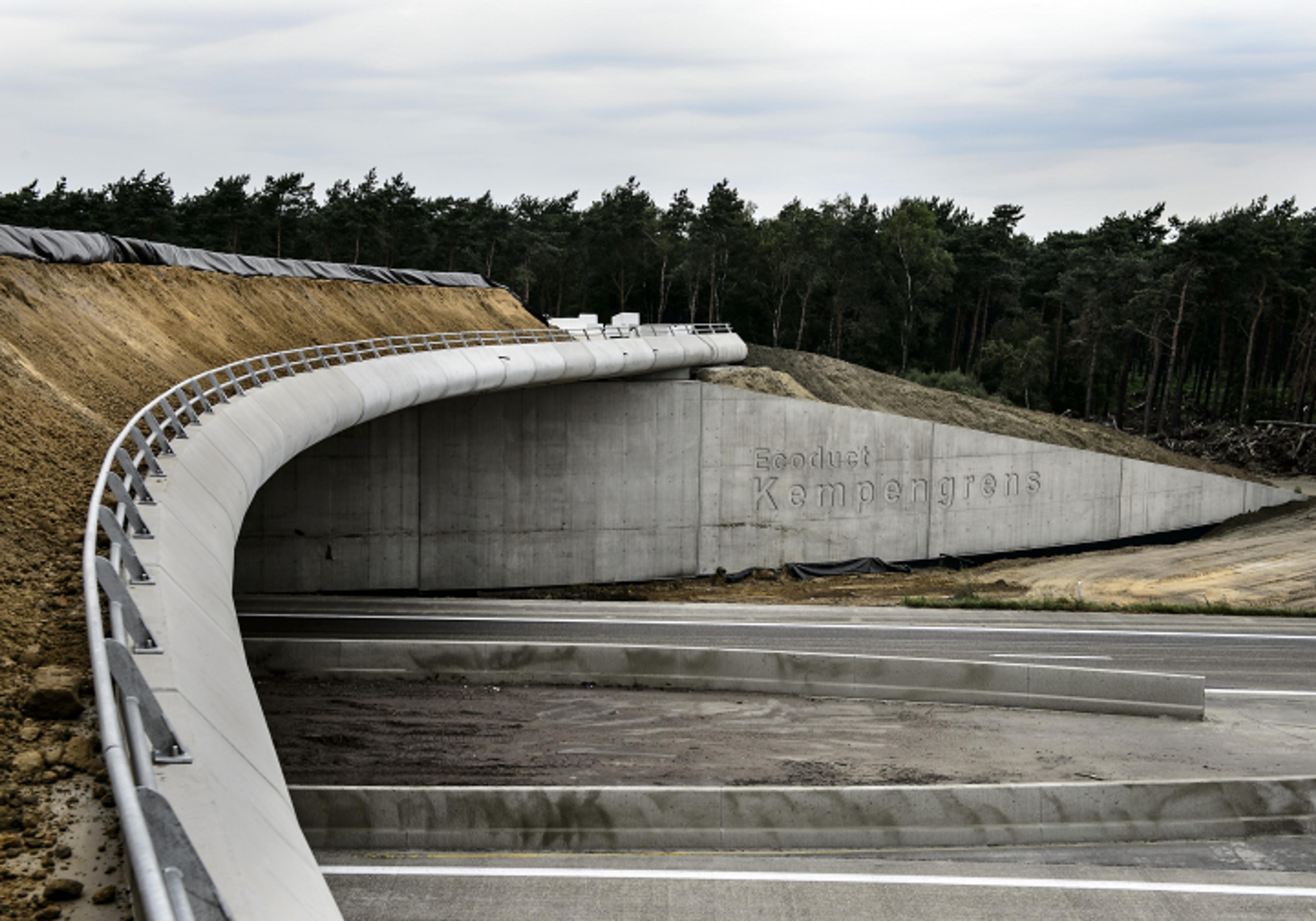
The structure of the Ecoduct Kempengrens incorporates design for the broad range of fauna expected to use it. Photo courtesy the Willemen group
Viewed from the side of the road, it was finally possible to take in the grandeur and colossal size of this structure. Known as the Ecoduct Kempengrens (meaning ‘on the border of open fields’), this is an astonishing construction. It is 60 metres (65 yards) wide at the top, and stretches out to 200 metres (220 yards) at the bottom of the sweeping slopes. Directly above the road, the weight of reinforcements alone for the soil-covered bridge is 1,325 tonnes (1,460 US tons). It is one of the most sophisticated and ecologically accomplished wildlife crossing structures ever designed. Already, numerous species of bat and more than 15 mammals have been detected using the structure.
In some ways, the structure’s most extraordinary achievement has been cooperation between people from the jurisdictions on either side of the border. Despite the very different legal, funding, procurement and design processes of the Dutch and Flemish authorities, those involved decided the goals were too important to let mere bureaucratic obstacles get in the way.
And this remarkable structure, impressive though it may be, is just one component of the European Union’s comprehensive defragmentation project. All across Europe, over and above roads (and railway lines) from northern Sweden to eastern Romania, animals from salamanders to the resurgent brown bears are crossing busy roads safely. In every case, significant consultation and collaboration were essential.
Though authorities at the highest level are involved, the crucial impetus for such projects frequently originates with local community groups or citizens who coalesce in opposition to a proposed road project. The magnificent wildlife overpass over the I-90 in the Cascade Mountains just inland from Seattle is one such case.
The Washington State Department of Transport (WSDOT) found itself facing a formidable array of thoroughly informed groups, full of determined and experienced people eager to suggest alternative ways of thinking about an upgrade through the Cascades. Having started the mandatory public consultation process with a bland ‘We just build roads’ stance, WSDOT soon found itself on the losing end of a well-coordinated public relations campaign. To their credit, the agency was willing to listen and learn. The opposition groups acknowledged openly that the upgrade was needed – a masterful disarming tactic – but forcefully described the major impact that would occur unless changes were made. Negotiations were initially difficult but, as the numerous participants got to know one another, the suspicions and animosities diminished. The outcome is a structure of incalculable value to the land, the people and the animals, and a substantial symbol of where genuine collaboration can take us.
Overpasses are certainly the most effective of all wildlife crossing structures. Their sheer size allows a wide variety of species to cross, especially if additional vegetation is included. While these large structures have traditionally been built with big animals in mind – elk, bear, deer, caribou, kangaroo – and usually resemble a grassy hill, the addition of trees, clumps of shrubs or places for water to collect, for example, can attract a diverse array of species. One well-studied fully vegetated overpass near Brisbane in Australia now has a greater number of amphibians and reptiles living on the structure than in the forests that surround it.
Successful crossing structures do not need to be huge or complicated. The passages with the heaviest animal traffic are almost certainly the amphibian tunnels that have been installed in many locations to aid the safe migration of amphibians from their wintering sites down the slopes to the breeding ponds. Hundreds of thousands of toads, frogs and salamanders use these small culverts every spring, frequently aided by locals who assist by transporting bucketfuls across the roads and directing (human) traffic around key spots. These ‘frog tunnels’ are simple and cheap to install, just a slightly modified version of the innumerable pipes and culverts beneath virtually every road on the planet. Myriad creatures have been utilising these ubiquitous conduits without fanfare or attention ever since they first began being installed in the 1990s. But there are some obvious limitations such as often being full of water (as intended) and, of course, size.
Today, wildlife-specific underpasses are everywhere, catering to species of every size, literally up to elephants (such as those completed some 10 years ago in Kenya and Malaysia). Being some version of a concrete box culvert, variety can be added to encourage use by a wider diversity of animals: ledges along the walls or raised on poles, floors of sand, soil and even shade-tolerant moss, rocks, logs and piles of woody debris. All these turn a cold, bare tunnel into a passage that appears safer and less artificial. But only up to a point: they are still long, dark places utterly unlike anything most species will encounter in their natural environments.
And there are some species who need an alternative approach. Those committed to living in the treetops are understandably reluctant to descend to ground level if possible. For larger animals such as koalas or monkeys, breaks in the canopy mean that climbing down and walking is inevitable but risky, especially if a road has to be crossed. Numerous structures connecting trees above the road are now in place around the world. Rope ladders are legion, assisting opossums, squirrels, reptiles and possums to move safely to the trees on the other side. In India and Madagascar, simple and cheap bamboo bridges are being used daily by lorises, langurs and lemurs.
A diverse suite of innovative crossing structures is revolutionising how roads are designed and constructed
Other species avoid the ground by ‘flying’ – gliding, actually – from tree to tree. Flying squirrels, marsupial gliders and colugos, for example, can now traverse some narrow roads through the air, but anything wider becomes a serious challenge. In Australia, appropriately spaced ‘glide poles’ are enabling sugar gliders and other species to cross even major highways in a series of steps rather than one enormous glide.
This diverse suite of innovative crossing structures is revolutionising the way that roads are designed and constructed. They offer genuine hope for severed populations, and attempt to defragment landscapes everywhere. But let’s also be realistic about the scale of this challenge. At the time of writing, an additional 25 million km (15.5 million miles) of roads are expected to be built in the next 30 years, with most planned for Central and South America, and Africa.
In 2013-14, China launched two initiatives of extraordinary ambition and scale: the Belt and Road Initiative (formerly known as One Belt, One Road); and the 21st Century Maritime Silk Road. These interlinked projects envision a global transportation infrastructure network stretching across much of the planet, effectively linking China with the rest of the world. The size of these schemes – which involve ports, railways and a truly colossal amount of roadwork – makes them by far the world’s largest and most expensive infrastructure construction projects ever proposed.
These and other massive transportation schemes are being rolled out in many parts of the world, but especially in poor countries in tropical areas; typically, the very places where political decisions – made in the capital cities – have little connection with or regard for the impact of infrastructure projects on the ground. Standards of planning and construction set down on paper often bear little similarity to what actually happens. The provision of funds for ongoing maintenance, a critical element in the long-term functioning of these roads, is rarely adequate, or simply disappears.
Even more alarming is the unplanned exploitation of areas adjacent to the roads. From local expansion of bush-meat hunting and opportunistic slash-and-burn farming to sophisticated large-scale illegal timber smuggling, the influence of new incursions can spread into neighbouring forests in an almost organic, disease-like pattern. In Brazil, 95 per cent of the rainforest lost over the previous decade was within 5 km (3 miles) of a legal road, which initiated the spread of an ‘expanding spider web of illegal secondary and tertiary roads’, to quote the road researchers William Laurance and Irene Burgués Arrea. The neat contained lines printed on the glossy, professionally produced proposals may be only a small proportion of the area actually impacted.
In 1998, impetus to meet the challenge was so low that Forman and his co-author Lauren Alexander described road ecology as ‘a sleeping giant’ waiting to be roused. Three decades later, we can state that this giant is now fully awake. Just in time: there is much to be done right now.
Parts of this essay are adapted from A Clouded Leopard in the Middle of the Road: New Thinking About Roads, Wildlife, and People (2022) by Darryl Jones, published by Cornell University Press.

